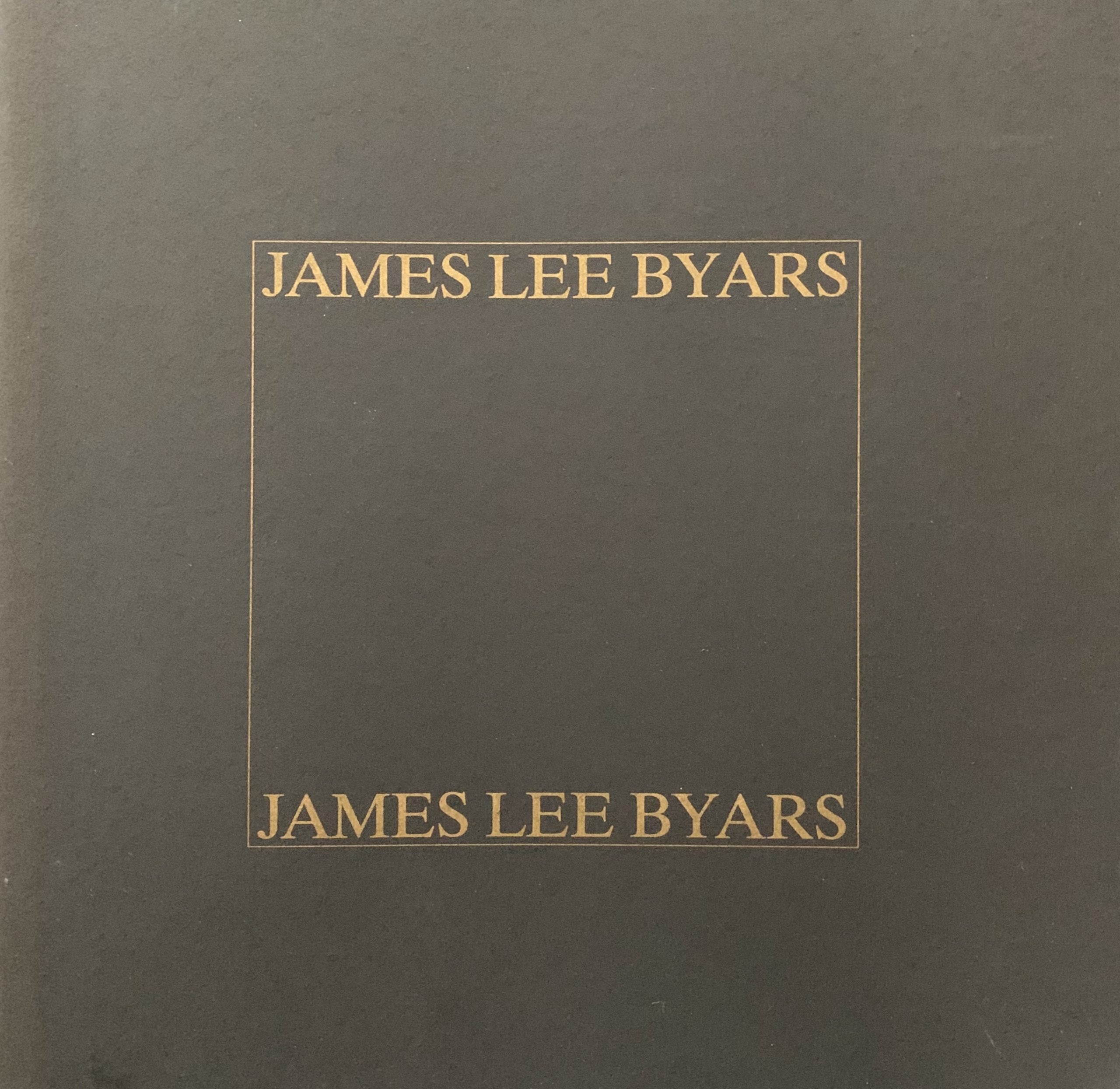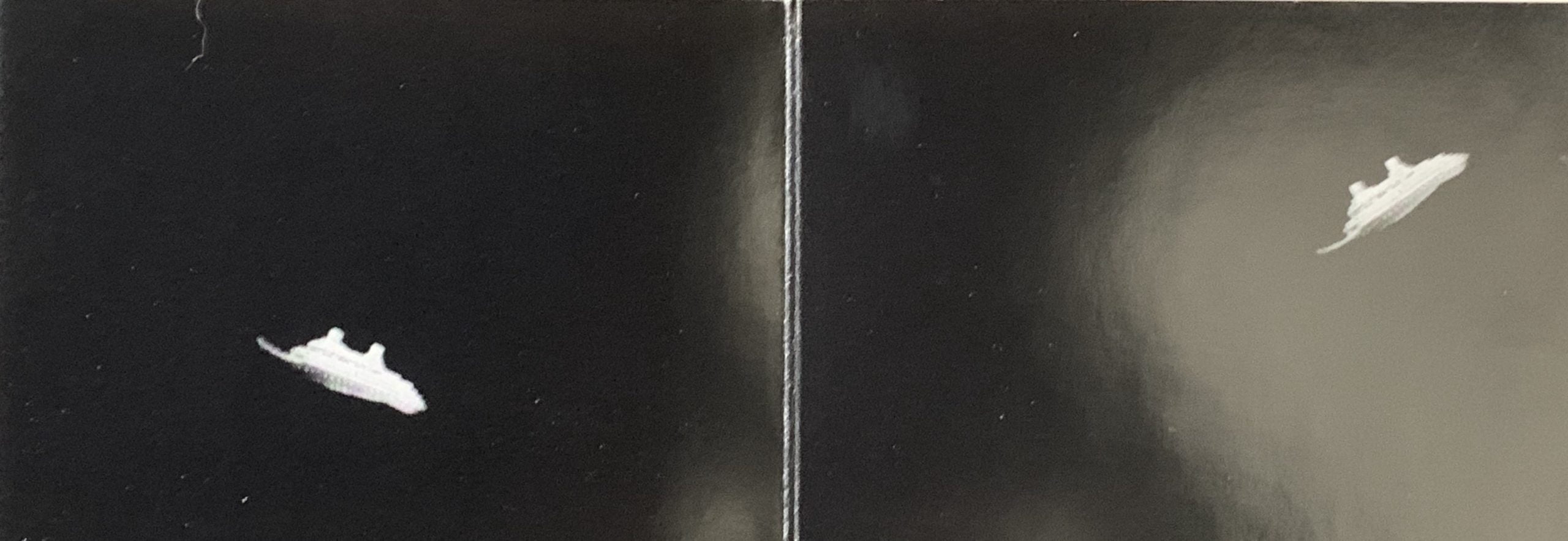06 Apr THE MAILED PINKIE. 1982.
Alsbach: Verlaggalerie Leaman, 1982
11.5 x 11.2cm, 20pp plus oversize wrappers. Artist's book containing five drawings by Gary Hincks and poems by Finlay.
IMPROVISATIONS
leaf-boat
cottonreel-tank
cottonreel-boat
leaf-tank
which is illustrated with drawings of bobbins used in toy model making.
One of 500 copies. VG+.
...
















